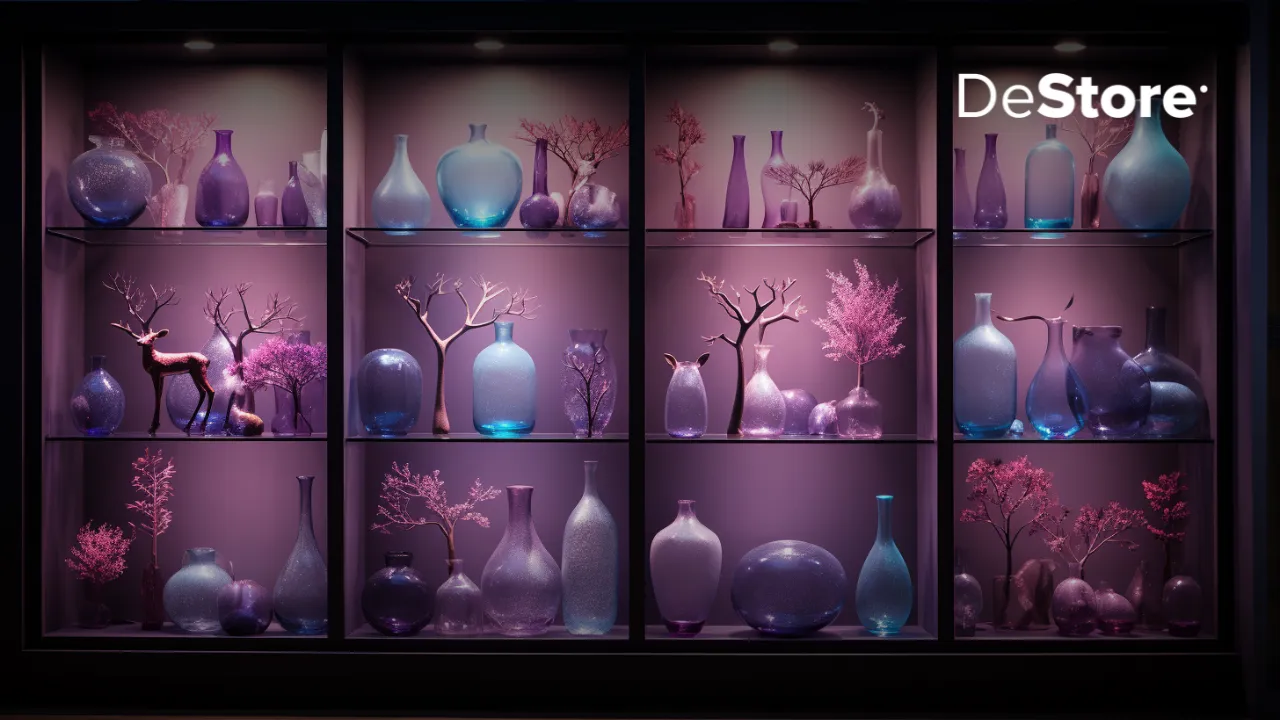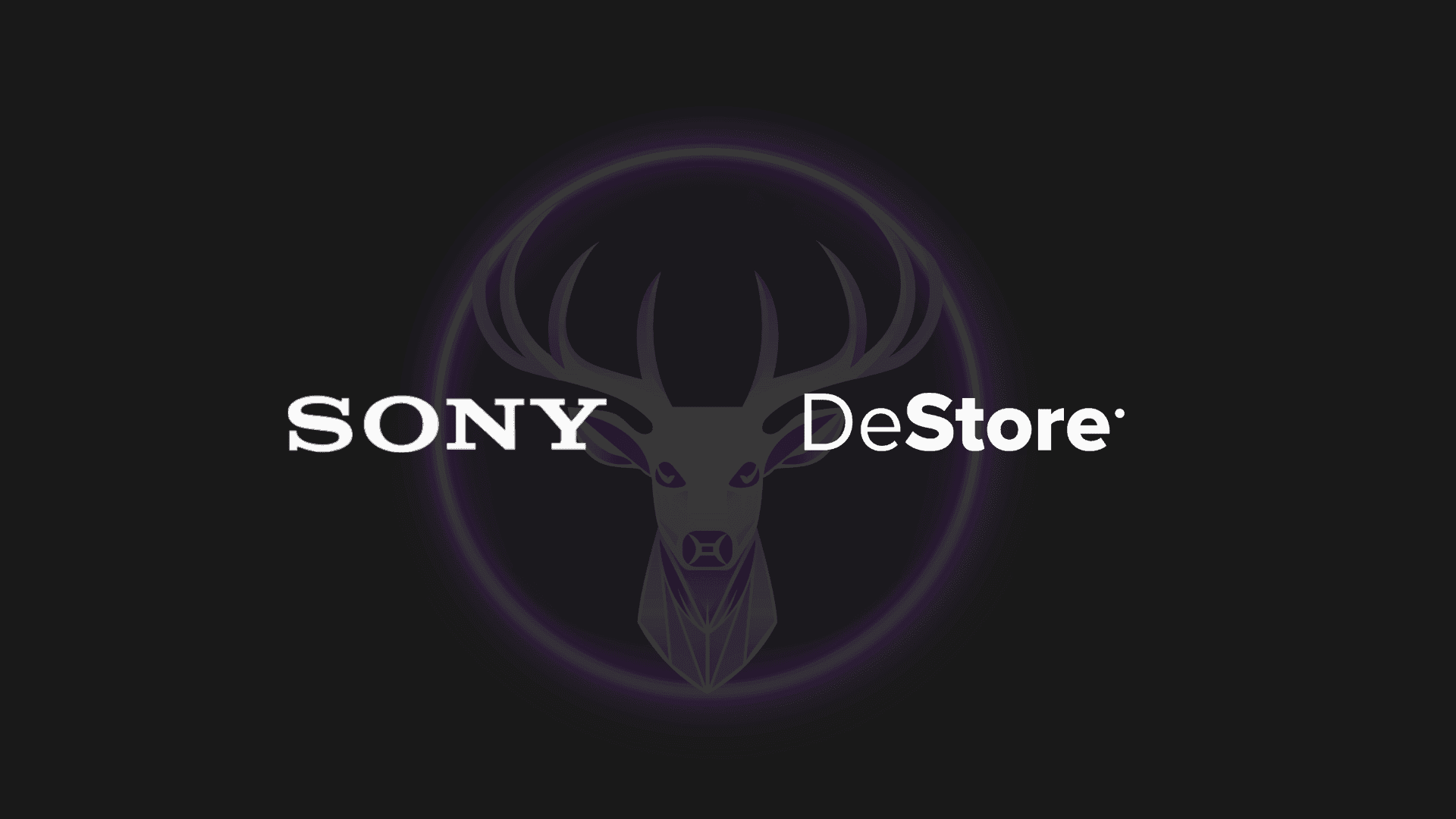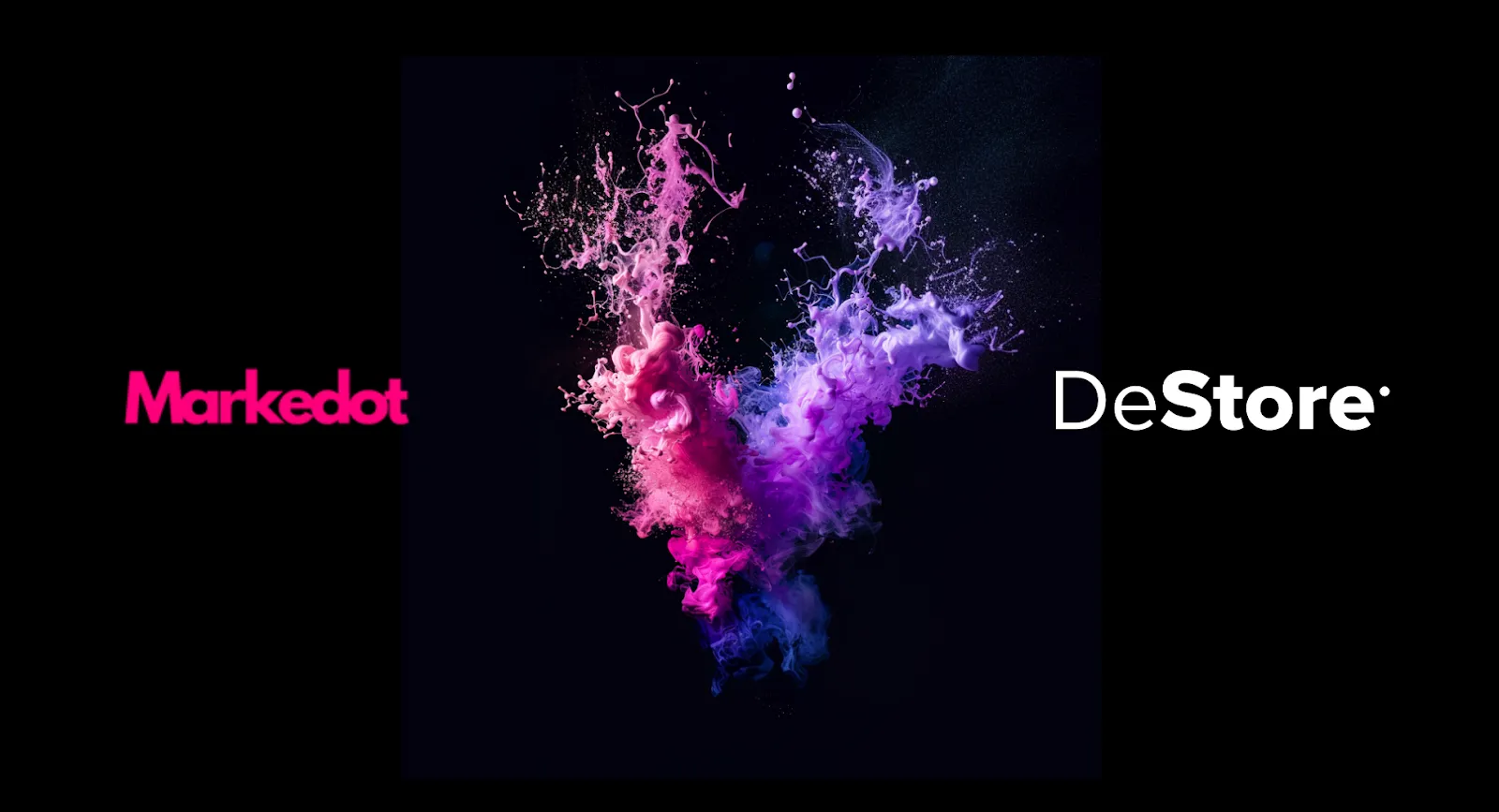Unlocking the Power of Real World Assets (RWAs)
Real-world assets (RWAs) serve as a testament to the transformative capabilities of blockchain in real-world scenarios. This fusion of the Physical and Digital Worlds extends beyond the digital realm, incorporating tangible assets like bonds, real estate properties, commodities, and machinery. DeStore, in particular, emphasizes streamlined client outreach by focusing on selling physical goods. Accompanying these goods is a Digital Twin Claim Card (DTCC), a concise way to connect with a broad audience and provide immediate funding to vendors on our platform, facilitating the acceleration of their projects. With our next focus on Ultra Collectible, we are aligned to create some interesting products! RWAs bridge the gap between the physical and digital domains and introduce previously elusive financial tools into Decentralized Finance (DeFi), ushering in many innovative applications.
How DeStore Utilizes RWAs
DeStore takes the utilization of RWAs to new heights by transforming them into dynamic Phygitals or Hybrid assets. Leveraging the Digital Twin technology blockchain, DeStore creates playful and cool assets with various use cases. For instance, DeStore pioneered the sale of the first Phygital NFT on T.V. within the metaverse, unlocking many opportunities. Integrating Digital Twin and blockchain technology enables the creation of Hybrid NFTs capable of holding diverse forms of information, including music, video, documents, and 3D printer schematics. This groundbreaking technology, inspired by our collaborators at RMRK, introduces multi-resource capabilities, allowing for the creation of layers or Modular NFTs, often called NFT 2.0.
Understanding the Essence of RWAs
RWAs, as harnessed by DeStore, mirror tangible assets recognized globally for their substantive value. With more traditional RWA’s, whether real estate, commodities, or machinery, these assets hold significant economic value and promise future benefits. By embracing RWAs, DeStore positions itself at the forefront of a Web3 Shopify experience!
Integration of RWAs into Blockchain and DeFi
DeStore’s integration of RWAs into blockchain and dCommerce marks a revolutionary leap in tokenizing universally acknowledged tangible assets. This process streamlines the secure buying, selling, and trading of assets on digital platforms. Fusing traditional assets with cutting-edge digital technology aims to enhance liquidity, accessibility, and transparency, creating a transformative experience for buyers and owners within the DeStore ecosystem.
Unlocking the Value: DeStore’s Perspective on RWAs
In traditional finance, tangible assets constitute a substantial portion of global financial value. DeStore recognizes the challenges associated with these assets, including high entry barriers and regulatory constraints. DeStore addresses these challenges by leveraging RWAs, enabling fractional ownership of real-world assets. This democratization of access broadens the market, making it inclusive for previously excluded individuals.
The Tokenization Effect: Bridging Tradition with Innovation
DeStore sees RWAs as a bridge between traditional and technological realms, fostering inclusivity and innovation. The tokenization of tangible assets into smaller, digestible units democratizes investment access, leveling the playing field in traditional financial markets. DeStore envisions a future where innovation and tradition coexist seamlessly.
Examples of RWAs in the general space
Exploration of RWAs extends to various use cases:
- Bonds: Earn yield through bonded RWA tokens backed by sovereign bonds such as U.S. Treasury bills and bonds.
- Real Estate: Tokenized real estate on platforms allows fractional ownership, empowering individuals to earn rental income.
- Commodities: Tokenized fine art offers fractional ownership, democratizing fine art investing.
- Art and Collectibles: Inspired by platforms like Maecenas, it enables fractional ownership of artworks and collectibles.
- Equipment, payment, and Machinery: Exploration tokenization is used for industrial equipment and machinery, allowing fractional ownership and optimized asset utilization.
What’s Next for RWA’s
Exploring real-world assets (RWAs) for decentralized finance (DeFi) growth has led to significant interest in tokenizing traditional financial assets, including gold, stocks, and commodities. In 2021, Franklin Templeton launched the pioneering Franklin OnChain U.S. Government Money Fund on Stellar, later expanding to Polygon in 2023, becoming the first U.S. registered mutual fund utilizing a public blockchain. Recognizing the transformative potential, Bank of America sees RWA tokenization as a key driver of digital asset adoption, citing the success of the tokenized gold market with over $1 billion in investments. There is also increasing demand for tokenized U.S. Treasury bonds, contributing to a combined market capitalization of tokenized money market funds approaching $500 million. Boston Consulting Group forecasts substantial growth in the tokenized asset market, projecting it to reach $16 trillion by 2030. It highlights RWA tokenization’s promising future, allowing DeStore to become a more relevant entity!
DeStore’s Outlook on RWAs
As a pioneer in integrating RWAs, DeStore envisions reshaping the asset landscape by seamlessly integrating tradition with technology. The ongoing evolution of technology is anticipated to propel the utility and application of RWAs, fundamentally altering how people approach investment and asset management in the digital age.



